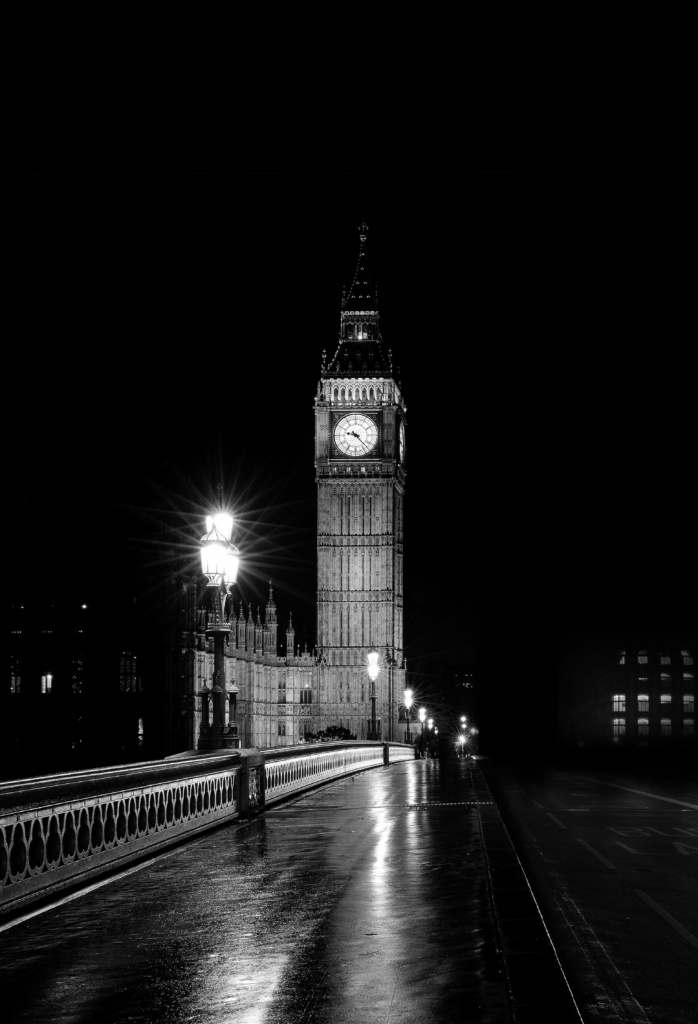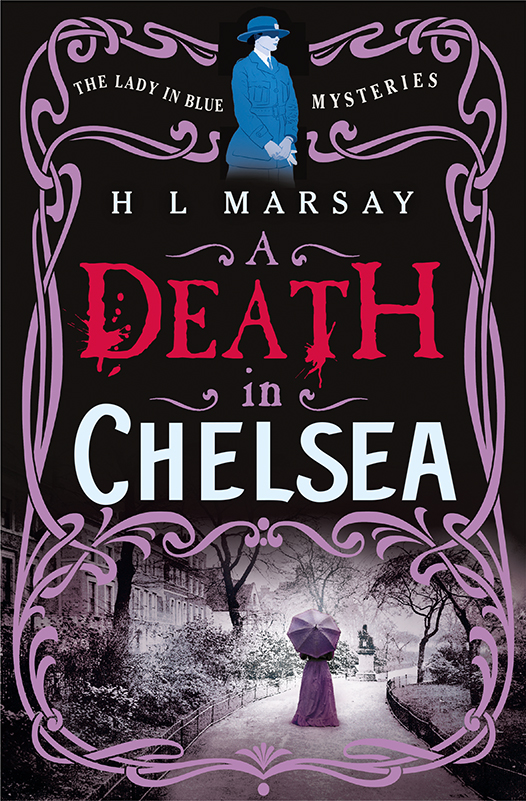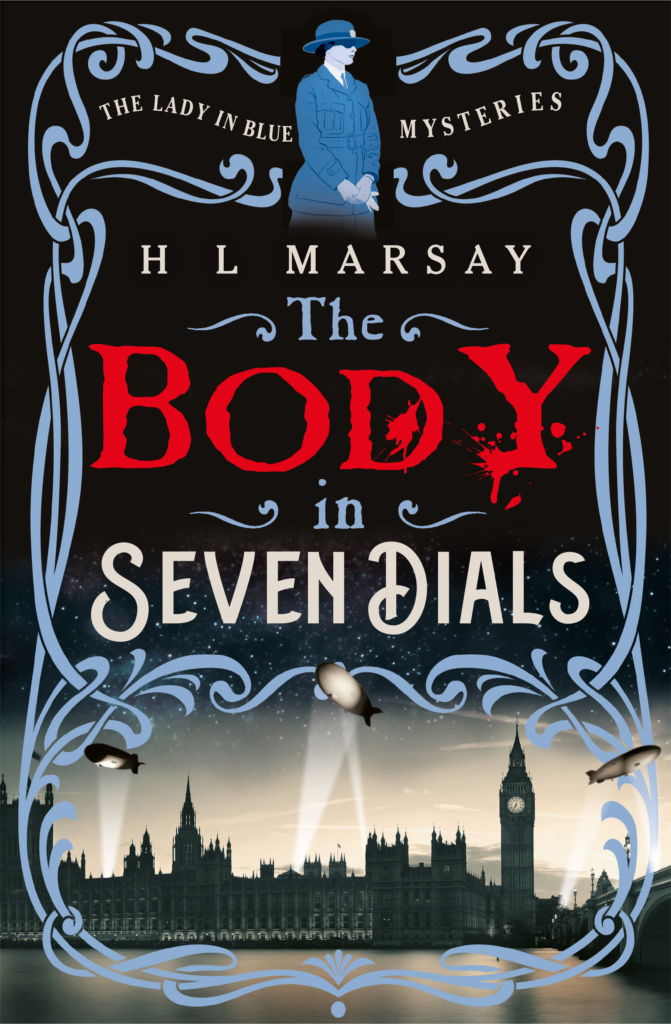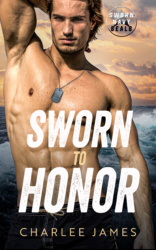Tule Mystery author, H L Marsay stopped by to talk about her recent releases, her characters, and when she first discovered her love for mysteries.

Q: What difference between The Lady in Blue and Inspector Shadow series excites you the most as an author?
A: The Chief Inspector Shadow series is set in the present day and in York, my home city, so writing those books feels quite safe and familiar. However, the Lady in Blue Mysteries are set during the First World War and I loved the challenge of writing a historic series. Also, Dorothy and some of the other main characters are based on real people, so there was a huge amount of research for each story. I immersed myself in reading books, watching documentaries, and even listening to music from the period. I also made several trips to London. Although the city has changed a lot in the last hundred years, it was still possible to visit some of the locations I mention in the books, such as the Marlborough Street Magistrate’s Court (now a very swish hotel), Caxton Hall, and Cheyne Row, where Mary and Margaret lived. It was wonderful to feel I was walking in the footsteps of all the amazing women who feature in the Lady in Blue Mysteries.
Q: Share some of your favorite feedback for The Body in Seven Dials. What do you think readers will bond with in A Death in Chelsea?
A: The release of a new series is always a nerve-racking time, but I was thrilled to hear some of my readers describe The Body in Seven Dials as “compelling,” “fascinating,” and “a remarkable story.” In A Death in Chelsea, we see Dorothy and her colleagues investigating the death of an elderly and very wealthy gentleman. Unfortunately, he was also a rather unpleasant man, so there is a long list of possible suspects.
I hope readers will bond with my main character, Dorothy Peto, and the other members of the Women Police Volunteers. They were so brave and so determined to do something to help their country when it was at war, although they weren’t even allowed to vote. One review of the first book said, “It was inspiring to read what ideas they had to try and better themselves.”
Q: You grew up binge-reading detective series. Do you recall who introduced you to your first mystery?
A: My sisters are seven and ten years older than me (I was a surprise/mistake depending on who you ask!) so like any self-respecting little sister, I spent many hours raiding their rooms for cassette tapes, makeup, clothes for dressing up, and, of course, books. It was during one of these raids that I discovered the complete collection of Enid Blyton’s Secret Seven books. I immediately fell in love with these stories of seven children and Scamper, the dog, acting as detectives from their headquarters in a garden shed. Once I had devoured all those books, I progressed to the Famous Five, Blyton’s other series about a group of children who spend their summer holidays solving mysteries. I should also add that I was quite ill as a child, and most photos from when I was seven or eight show me sitting on a sofa with a duvet wrapped around me, a dog at my feet, and my head buried in a book. That still sounds like heaven to me!
Q: What still holds your interest in mysteries, even though as a writer, you now have an insight into how the magic happens at the keyboard?
A: I think the appeal of solving a puzzle is timeless. Whether it’s a classic from the golden age, a fiendish “locked room,” a cozy, or a chilling psychological thriller, I love trying to pick out the real clues from the red herrings and work out “who dunnit” before the detective does. That’s what makes mysteries so popular and so enduring and of course creates the biggest challenge when trying to write one!
About the Author.
 H L Marsay grew up binge-reading detective stories and promised herself that some day, she would write one too. A Long Shadow was the first book in her Chief Inspector Shadow series set in York. Luckily, living in a city so full of history, dark corners and hidden snickelways, she is never short of inspiration. She has also written The Secrets of Hartwell Trilogy and The Lady in Blue Mysteries. The Chief Inspector Shadow Mysteries have recently been optioned for television.
H L Marsay grew up binge-reading detective stories and promised herself that some day, she would write one too. A Long Shadow was the first book in her Chief Inspector Shadow series set in York. Luckily, living in a city so full of history, dark corners and hidden snickelways, she is never short of inspiration. She has also written The Secrets of Hartwell Trilogy and The Lady in Blue Mysteries. The Chief Inspector Shadow Mysteries have recently been optioned for television.
When she isn’t coming up with new ways to bump people off, she enjoys drinking red wine, eating dark chocolate and reading Agatha Christie – preferably at the same time!







